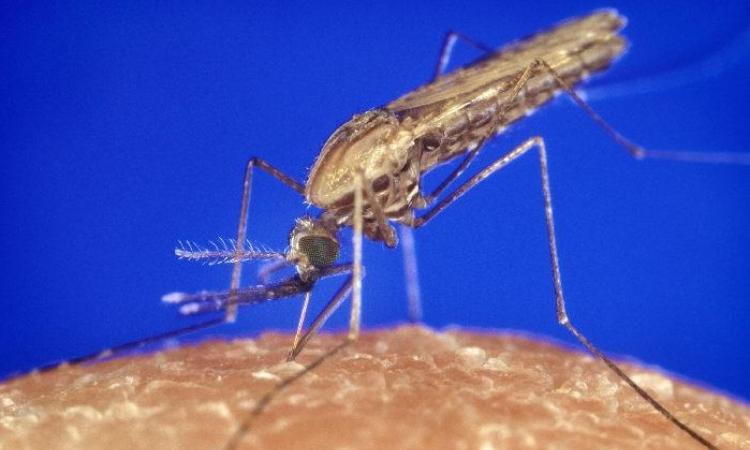
A recent World Bank report on climate change has predicted a grim outlook for India by outlining its impacts that include:
- Heat extremes with increase in the frequency of warmer weather conditions
- Changes in monsoon patterns with increase in the frequency of heavy rainfalls, leading to frequent droughts and flooding in large parts of the country
- Sea level rise leading to increase in the frequency of cyclones, storms etc.
Disasters have become more frequent In recent years -- the Uttarakhand floods last year, cyclones Phailin and Hud Hud, the untimely hailstorms in central India and the Malin tragedy in Pune.
Role of climate change and the incidence of malaria
Climatic changes and events associated with it are predicted to have a tremendous impact on the health of populations with increase in deaths as well as the incidence of malaria and other vector-borne diseases. Malaria and dengue are already making headlines in different states in India following the erratic monsoons.
The paper titled 'Relative roles of weather variables and change in human population in malaria: Comparison over different states of India' published in the journal PLOS ONE, informs that the incidence of malaria has been increasing in the country in recent years and it has been attributed to these weather-related events. Infact, the topic of considerable debate in recent years has been the role of climate change in variation and patterns of malarial incidence in India.
Malaria is caused by a parasite called Plasmodium, which is transmitted via the bites of infected mosquitoes. Infections due to malaria mainly depend on abundance of mosquito vectors and exposure of individuals to mosquito bites.
Existing studies on the impact of climatic variables on malarial incidence
Studies have shown that climatic variables determine the production, growth and survival of mosquitoes that cause malaria, and can influence the abundance of mosquitoes in certain areas thus increasing the risk of malarial infections. Studying or regular monitoring of weather variables can be an important means of understanding and assessing the risk of malarial infections.
However, there are numerous gaps in these studies with most of them having looked at weekly or even monthly mean values of weather variables, while the malaria vector is sensitive to daily variations. Secondly, all the relevant meteorological/weather variables have been looked into in isolation and not together.
Findings of this study
The paper presents the findings of a study that attempts to find the impact of three weather variables namely temperature, rainfall and humidity on the incidence of malaria in 28 states in the country. For this study, data on temperature, humidity and rainfall from 28 states in India characterised by wide ranges in weather variables was analysed against malaria prevalence in these states.
The analyses showed that combined daily values of temperature, rainfall and humidity were found to influence the mosquito load and the risk of malaria in the states. The study thus found that the use of all three weather variables can provide a reliable means of understanding the impact of climate change on malaria. This can go on to devise appropriate and proactive means of mosquito eradication, and control strategies to prevent deaths and morbidity due to malarial epidemics in the country.
A copy of the paper can be downloaded below.